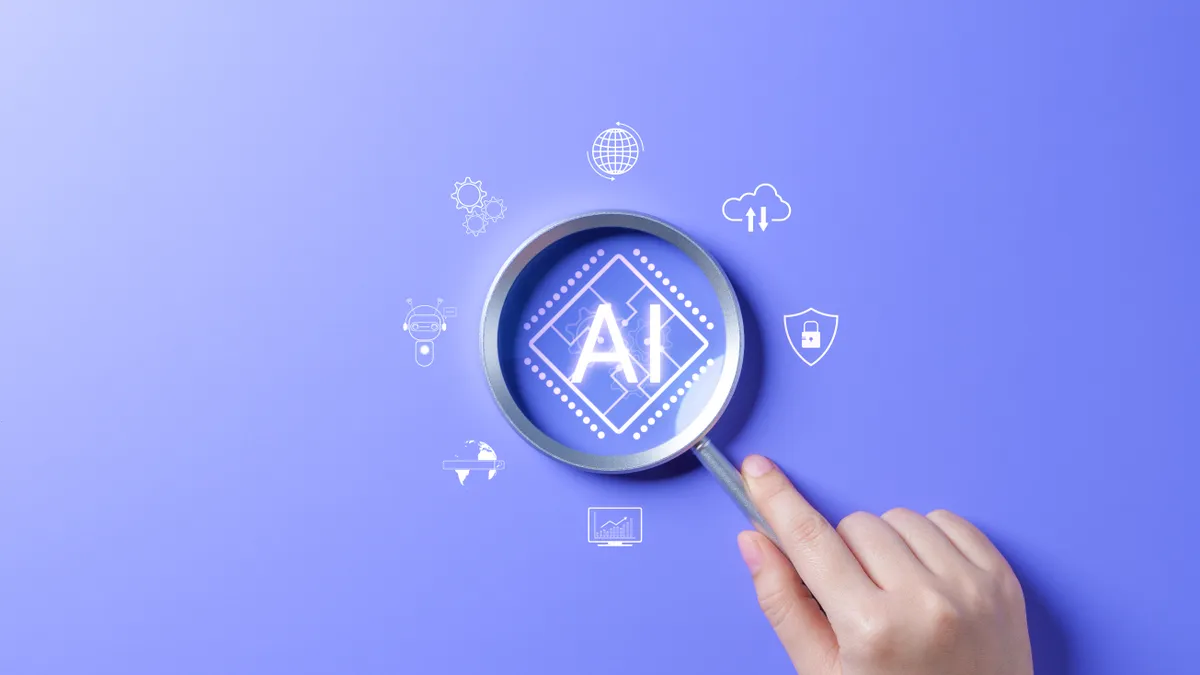To Jamie Maier, an assistive technology specialist with the Tigard-Tualatin School District near Portland, Oregon, helping students and staff find and use instructional materials that are accessible to each learner is an enjoyable puzzle.
Maier investigates what materials are already available for an individual student, the barriers to access, and what materials and technology would best meet that student's needs.
A large portion of Maier's job is informing teachers about accessibility, especially the knowledge that even if materials are digital, they are not necessarily accessible. For example, a screen reader might not be able to read elements on a PDF sheet, she said.
She works closely with the district's teaching and learning department to help educators provide students with accessible materials or options, such as readable PDFs, different font sizes and devices.
"We are playing catch up a lot, not only in math, but in reading and things like that, because, again, people just don't understand how complex it is or that it is not instantaneous."

Jamie Maier
Assistive technology specialist with the Tigard-Tualatin School District
The district is a user of Bookshare, a library of accessible ebooks developed by Benetech, a nonprofit technology organization focused on "software for social good." Bookshare's digital texts are free to schools and funded through a grant from the U.S. Department of Education's Office of Special Education Programs.
Benetech is developing artificial intelligence to help make pre-K-through-higher education STEM materials more easily accessible to students who struggle to read instructional books, including those with dyslexia and who have low vision.
The organization hopes the undertaking results in a more diverse population of students interested in math and science, said Benetch CEO Ayan Kishore.
"Historically, STEM has always been challenging for underserved populations, first of all. And then if you start thinking about those who we target — those who are visually impaired, those who use screen readers to access content — STEM content is completely inaccessible," Kishore said.
Making STEM accessible
The organization over time has expanded its collection of accessible materials for students who have dyslexia, low vision or other reading barriers. But one challenge it faced was converting certain complex visuals, such as math equations and scientific charts and maps, into accessible formats, Kishore said.
Screen readers, for example, may just state "image" to denote a math equation or chart.
The technology, referred to as "Page AI" will train algorithms to read the same information as a human would so those images can be converted into readable formats. Engineers use a math scanner application that converts the equation to Mathematical Markup Language or MathML, an international standard for encoding math content on the web.
The equations with the highest confidence level are immediately put into the book's digital file.
Benetech started with basic level math equations, using Page AI to convert 7 million equations from thousands of math books. Those materials are currently available on Bookshare, Kishore said.
Now the organization is using the technology to begin converting graphs and diagrams for chemistry and physics books.
Kishore said Page AI's sophistication will grow as the technology develops. For example, to convert a line graph, Page AI is extracting information from a graph to identify what's on the x-axis and what's on the y-axis. Eventually, the program will be able to convert all elements in the graph, Kishore said.
'Playing catch up'
Tigard-Tualatin School District's Maier said she's optimistic about the effort to convert STEM materials into accessible formats.
"If a math teacher doesn't understand what tools they need to load these equations into so that it becomes something that a screen reader can read to where a student can make sense of it, then they might as well be handing them a blank piece of paper," Maier said.
Currently, teachers have to take several steps to convert certain math equations into accessible formats. First, the text has to be translated to MathML and then make another transition that's readable for students who use a Braille reader or screen reader.
"It's a lot of steps," Maier said. "We are playing catch up a lot, not only in math, but in reading and things like that, because, again, people just don't understand how complex it is or that it is not instantaneous."
That's one of the problems Bookshare aims to solve, Kishore said. Eventually readers will not have to take extra steps to access the complex visuals as they would already be converted into digital materials on Bookshare, Kishore said.
"Our goal is to make this as seamless as possible," he said. "It's a computational application that essentially can do immense good.”
Maier's district is also improving the process for helping teachers and students access materials. In the past, Maier would reach out to each teacher who had a student with a reading challenge and then research and rely which accessible textbooks each student needed based on their grade level or course list.
This summer, she plans to match all the curriculum textbooks in the district with Bookshare's offerings so teachers have a one-stop reference to make requests for accessible materials.






















